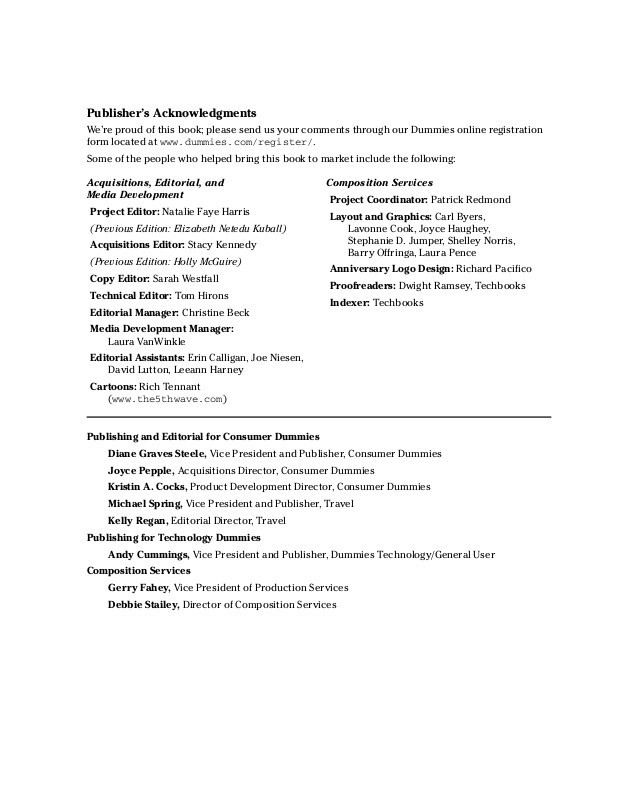Options A Foolish Introduction
Post on: 27 Май, 2015 No Comment

Historically, the Fool has shied away from options as an investment vehicle, for reasons best stated by people smarter than us. Peter Lynch, a Foolish favorite around here, was not a fan of small individual investors using options. And we’re ever mindful of Warren Buffett’s first rule: Don’t lose money. Options, by their very nature, can significantly amplify losses. Then again, as leveraging instruments, they can also amplify gains .
Options have enjoyed a much higher profile in recent years, as trading volumes increased, curious investors dipped their toes into untested waters, and new specialized brokers entered the market. Late-night infomercials feature alluring red-and-green-flashing software and testimonials from ordinary people who, with little to no training, claim to have made fortunes in the option markets.
That last point is why we’re here. This series is not intended for traders or sophisticated professionals employing complex arbitrage strategies or looking to trade volatility. Instead, we’re hoping to give ordinary Fools a firm knowledge of what options are, and how we recommend using them in hopes of improving returns.
Options are something else
The best place to start would be to define exactly what options are. Options are derivatives — they derive their value from an underlying something else. Before you start using options, it’s Foolish to make sure you understand exactly what that something is.
For years, Warren Buffett has warned investors about the potential dire consequences of unchecked and growing derivatives use in capital markets. Then again, the Oracle of Omaha himself has used derivatives when he feels the market’s offering him a value opportunity. So we can understand why Fools might be confused by this seemingly contradictory behavior.
To state this emphatically, we Fools believe that 99% of individual retail investors — that’s you, folks — can happily go through life without ever buying or selling an option. But derivatives themselves (of which options are only one part) aren’t inherently bad. The real problems stem from their wide proliferation, and the crazy accounting with which they’re associated.
Options are just tools, and they’re only as good as the people using them. Shrewd use by well-educated investors can greatly enhance a portfolio’s returns. Reckless, ill-informed use of options, however, can badly damage your holdings. To use options well, you’ve got to have a healthy understanding of the intrinsic value of the business involved. Without that most Foolish of principles, how safe do you feel in using options to leverage returns?
A few Foolish caveats
You won’t find descriptions here of option trading for trading’s sake. If you’re interested in day trading or black box software, look elsewhere. Most of those programs should come with warning labels, and some should be illegal.

Don’t look here for an option-only trading approach, either. We believe that options derive their value from real businesses, whose real worth can be estimated and employed as a sturdy foundation for a Foolish options strategy.
Many people, including plenty of folks in our Foolish community, have done very well by treating options as trading instruments. If you’d like to try to follow in their footsteps, we’ll point you toward some resources that might help. For the rest of you, sit back and relax. If you finish this series with a better understanding of the mechanics, risks, and potential rewards of options, we’ll have done our job.
Now, for those Fools who can’t tell the difference between a put, a call, and a lemon meringue pie, get started here:
And, for those of us who are already familiar with the fundamentals of the options world, check out these more intermediate-level how-tos:
If you are interested in receiving more information from The Motley Fool about investing in options, please click here .
Fool contributor Jim Gillies owns no shares of any company mentioned. The Fool has a disclosure policy .














